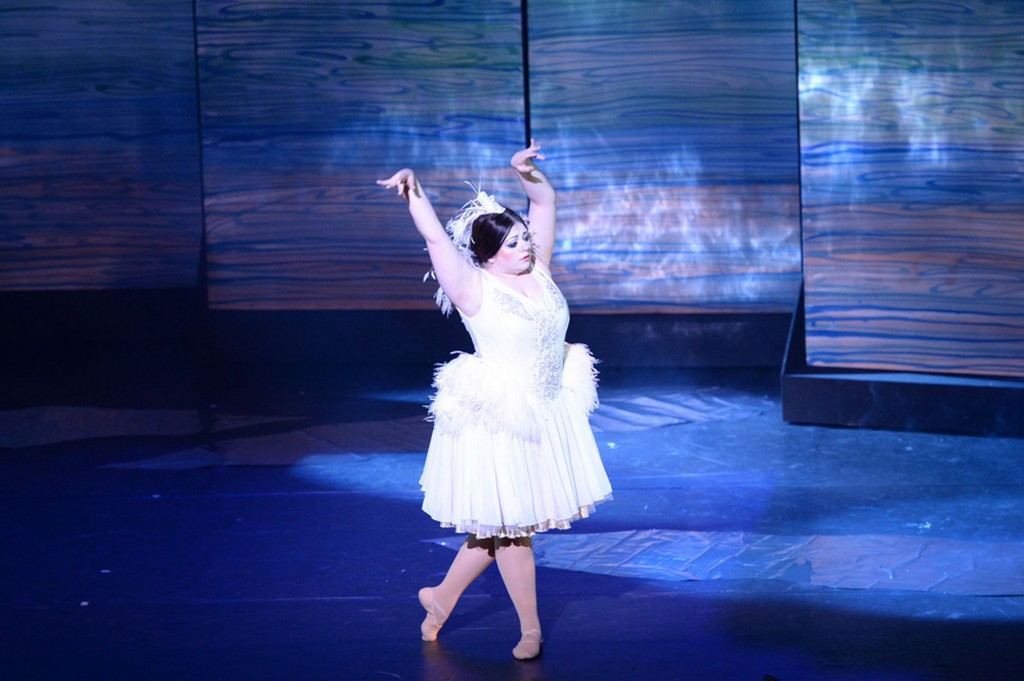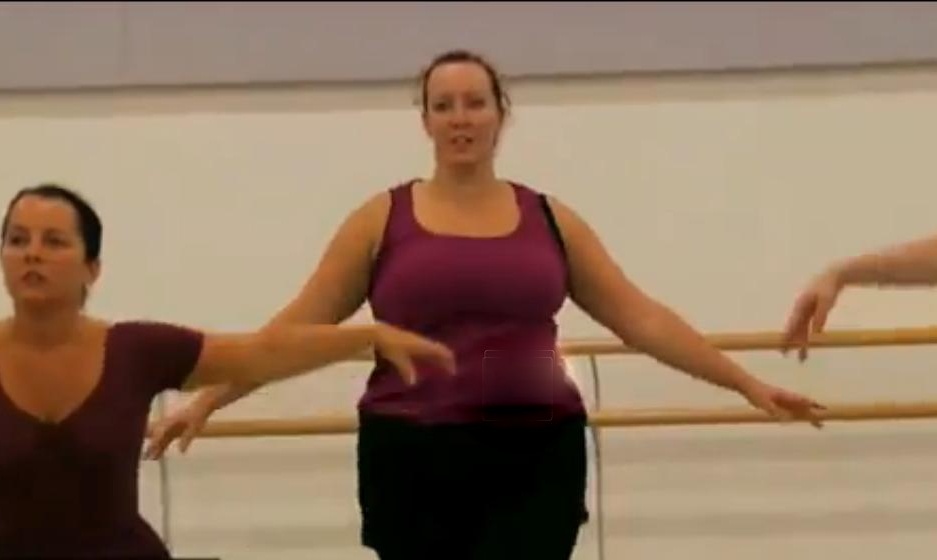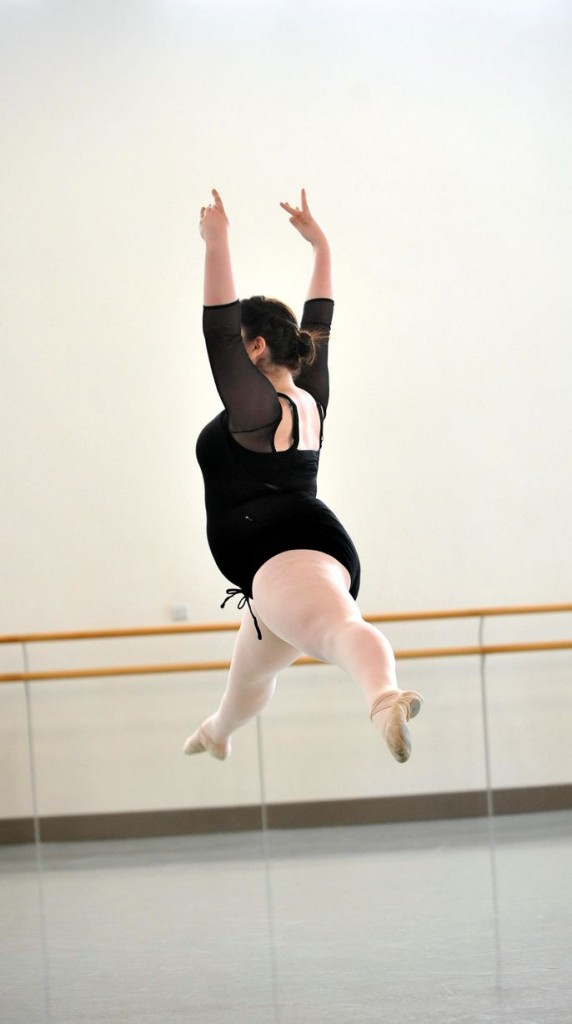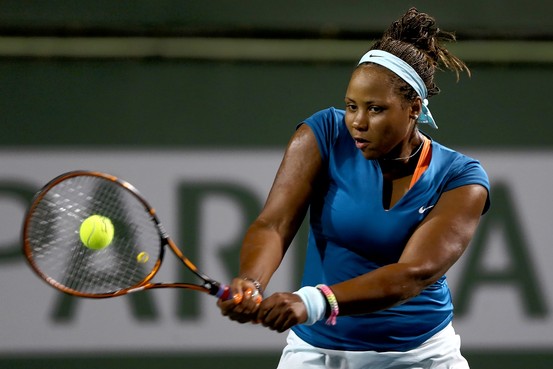Tonight the British reality show Big Ballet makes its stateside premiere on Ovation, and I so wish I had cable because aren’t these images absolutely enticing?


You know how I feel about the bodies of professional ballet dancers, so I can’t wait for the opportunity to watch this. For more on the story, you can read this WSJ article (but be warned if you watch the video–Tanya Rivero’s attitude is infuriating!) and this article from The Guardian.
Another story, this time about 18-year-old tennis player Taylor Townsend, is a great reminder that a woman’s natural size has nothing to do with her abilities and worth. Today, 205th-ranked Taylor Townsend has advanced to the third round of the French Open after beating the 20th-seeded player; but in 2012 she was benched from competing for a wild card into the U.S. Open because her coaches “wanted to improve her fitness, a code word for weight.” Imagine the devastation that Taylor must have felt. Today, her coach is Zina Garrison, who formerly ranked No. 3 worldwide and struggled with bulimia during her tennis career. This is one reason she wanted to work with Townsend: “‘I didn’t want her to go through some of the same problems I had, and it seemed that it was heading that way.”
There is a lot of lip service given to size acceptance, but it’s refreshing to see acceptance in action in these stories of women who are forging forward as themselves instead of forcing themselves to be anything less.



I *love* Ovation’s programming.
It’s always scary to see how much sizism plays into sports. A relative had disordered eating habits playing in a Olympic-feeder-type league in soccer and D1 field hockey because of the pressure. In hunters and dressage there’s the expectation for a long, thin figure, the saying that you should look like a prepubescent boy (more so in hunters than dressage thankfully.)
You always add to my knowledge, Katie. Thanks for contributing this info!
As far as I know part of the “why” the weight restriction in the classic ballet is so strict is that male dancers should be able to lift ballerinas and it should look effortless, and they actually dance while holding them. I don’t think that it would be possible if ballerinas were large.
So it’s wonderful that plus size women are able to dance, but the classic choreography is for small and thin perfectionistas. So the show is just an adaptation. Luckily world of dancing does not end with classic ballet (I’m too tall and heavy, too :-D).
It is possible to lifts and aerials with overweight follows, but the more overweight they are, the stronger the lead/base has to be and the more muscle awareness/strength the follow has to be. But it’s easier to quantify weight than core strength.
I’ve done complete inversion aerials at 30 lbs overweight and with little core strength but that was mostly to the credit of my partner who could muscle through it; it wasn’t healthy but aesthetically, it worked.
Katie, even though I’m only just replying, I’ve been thinking about your comment for a long time–especially as I watched the final episode of Big Ballet last night and saw how they worked out the details for the lift. It’s fascinating that core strength can make a difference.
Also, how important are lifts to ballet? I feel like this is always the reason given for not choosing heavy dancers, but I also feel that only a small percentage of the dances revolve around lifts . . . or that it’s usually just one or a couple of ballerinas who need to be lifted anyways.